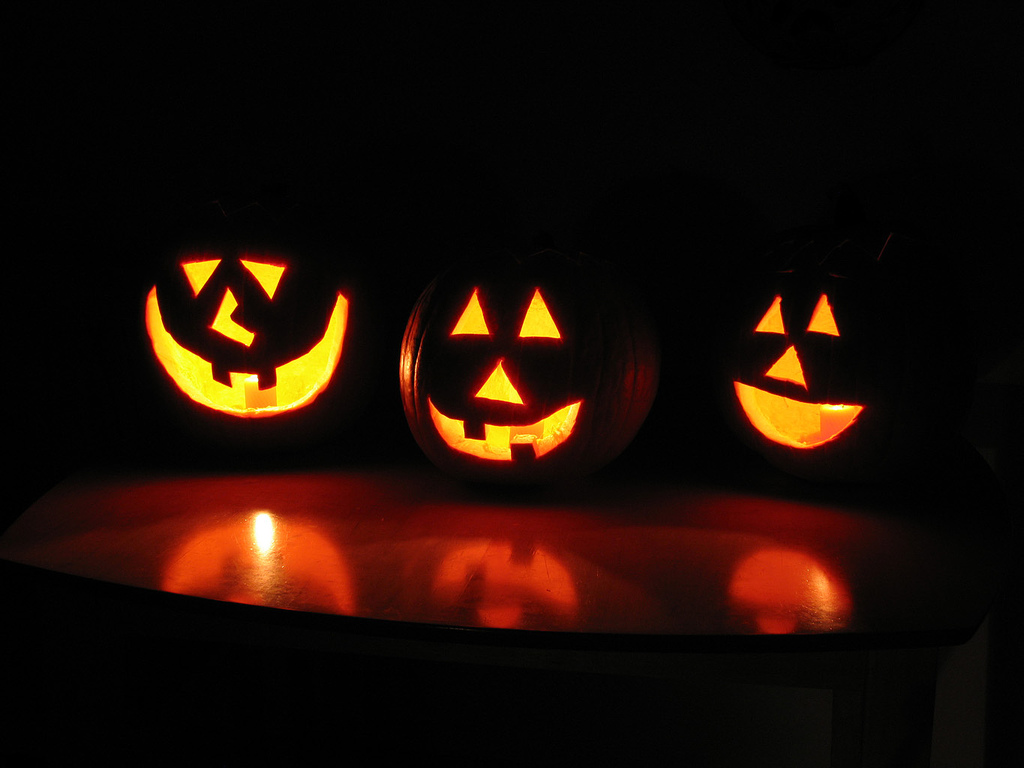The “Halloween episode” has long been a staple of American family sitcoms. When October rolls around, familiar characters venture into the spooky and supernatural. Suburban kids trade the mundane for scary adventures that push the boundaries of the genre. These episodes are important because they are exempt from the normal limitations on children’s storytelling. As long as they are Halloween-themed, these episodes can include much darker stuff.
In the That’s So Raven Halloween episode “Don’t Have A Cow,” Raven and Chelsea are turned into literal cows by a magic spell. In the Even Stevens episode “A Very Scary Story,” a young Shia LaBeouf is handed a bag full of human eyeballs. Dead bodies, a mysterious killer and a bloody chalkboard all appear in Boy Meets World’s “And Then There Was Shawn.” But like many Halloween episodes, this turned out to be just a dream.
Though some episodes will use devices like dreams to invalidate the horror, other shows commit. In the now-classic Suite Life of Zack & Cody episode “The Ghost of Suite 613,” most of the supernatural is revealed to be a prank (until a real ghost shows up at the end). But whether a Halloween episode ultimately undoes its weirdness or leaves it as canon is not so important. The episodes are special because they place relatable characters into unbelievable moments. This is especially significant for shows aimed at kids.
Kids’ sitcoms are possibly the most grounded and formulaic shows on TV. They tend to include low-stakes conflict and a clear moral. While these components make for relatable and educational TV, they become predictable. Typically there are no major character deaths on shows designed to reset every 30 minutes. Adults always have the answers and all it takes is a parental lecture to make things right. But on Halloween, these rules no longer apply.
The standard sitcom formula breaks down when kids encounter forces no adult can explain. A talk with Dad cannot make sense of an experience with spirits or monsters. Instead, these episodes choose spectacle over education. Viewers are exposed to darker themes and unfamiliar narratives. For many kids, Halloween episodes are their first exposure to horror tropes.
The beauty of a good Halloween episode — and the holiday itself — is the permission to be unapologetically strange. The comedy isn’t abandoned of course. Halloween episodes usually maintain levity and often feel silly rather than truly scary. But they are culturally significant for what they sneak into the jokes. These episodes weave together the uncanny and the banal, incorporating horror and a laugh track.
We rarely worry about the “true meaning” of Halloween. But on a holiday where children run the streets in costume, we find meaning in escaping what is normal. Family sitcoms, the apex of “normal,” are the perfect place to embrace Halloween in all its weird glory.



